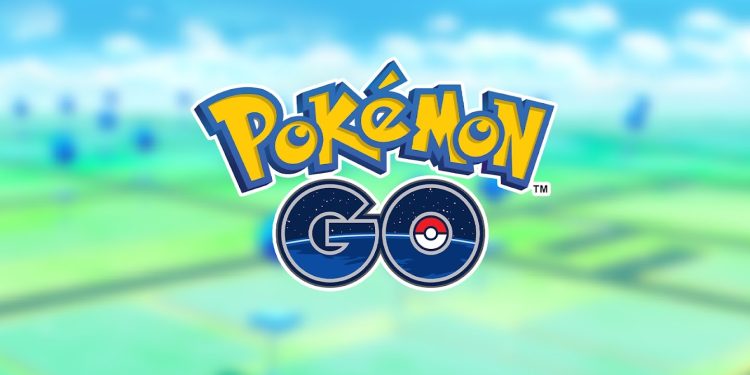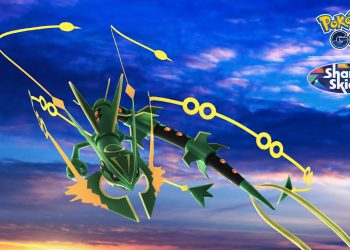Recent announcements have sparked discussions among players regarding the decreasing number of wild Pokémon available, which may impact how trainers engage with the game. Following the release of Rookidee, many expressed disappointment that this popular addition would not be found in the wild. Given its potential in PvP battles, players are keen on acquiring high IV stats that are often more difficult to achieve through hatches and raids.
History of Wild Releases in Pokémon GO
Looking back at previous years reveals a notable trend regarding how new species have been introduced. In 2017, there were 170 new species added to the game. This number decreased to 119 in 2018 and further dropped to 100 in 2019, marking a shift where shiny introductions began outnumbering new species significantly. The introduction of paid events also started gaining traction during this period.
In 2020, despite being an unusual year overall, there were still 113 new species introduced. However, by 2021, we saw a significant decline with only 48 new releases; most were available during introductory events but not necessarily thereafter. Salandit was introduced exclusively through Egg hatching and remains unavailable otherwise.
The trend continued into subsequent years: In 2022, we welcomed back some excitement with 76 new species—over half available in the wild—but by 2023 that number fell again to just 56 newly introduced species. Special conditions applied for many creatures such as Kecleon requiring specific PokéStops or Gimmighoul needing special lures.
- Kecleon requires finding it at certain Pokéstops.
- Gimmighoul (and Gholdengo) requires unique lures or modules to spawn.
- Skiddo (and Gogoat) are exclusive to real-world paid events.
- Larvesta and Volcarona can currently only be obtained through Eggs.
As we moved into early 2024:
- 40 new species marked a record low for any year so far.
- 118 shiny forms were released during this time frame, nearly three times as many as there were new species.
How New Pokémon Species Were Released in 2024
At the beginning of the year, Lycanroc Dusk and Annihilape were notable releases from Eggs and free events. However, other significant additions like Hisuian Typhlosion and Decidueye remained locked behind raid mechanics without alternate acquisition methods. Varoom followed suit as another Egg exclusive along with previous generations’ Salandit and Larvesta.
This pattern continued throughout the year; Enamorus appeared only during Elite Raids, while Rotom was part of a paid event. By September’s end, several fan-favorite starters emerged simultaneously, but that marked one of the very few instances where multiple wild spawns occurred without additional conditions attached. Since then, no further releases have been made available outside specific requirements or events.
What Lies Ahead for Pokémon GO?
The start of 2025 has shown promise,e with Fidough appearing freely alongside its evolution Dachsbun during an event designed specifically for it; however, upcoming months will see familiar patterns return with further restrictions on access due primarily to paid participation requirements or limited-time offers tied directly towards promotional activities rather than spontaneous encounters within natural environments typical from prior years’ gameplay experiences.
Players should consider how these changes affect their engagement levels moving forward. Will they adapt accordingly or seek alternatives elsewhere?


























